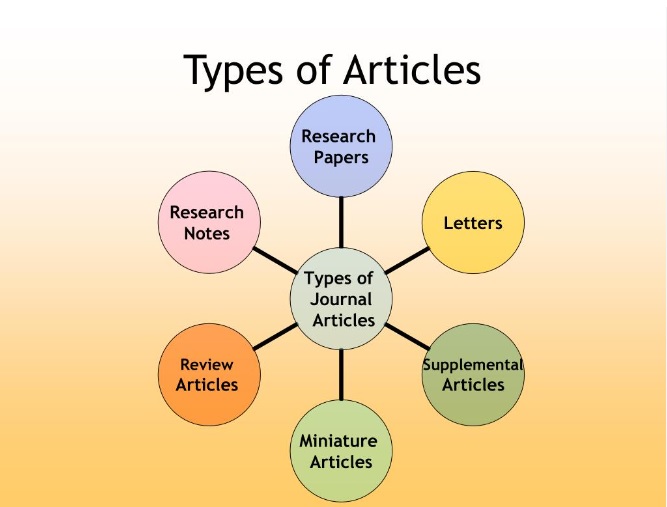The Ultimate Overview to Crafting Compelling Content with sssdarticles
The Ultimate Overview to Crafting Compelling Content with sssdarticles
Blog Article
Comprehending the Importance of Articles in Communication
The function of posts in communication commonly goes unnoticed, yet their value can not be overstated. Articles, whether certain or indefinite, act as crucial indications that shape our understanding of specificity and abstract principle in language. Misapplication of these apparently easy parts can bring about uncertainty, undermining the effectiveness of both spoken and created exchanges. As we check out the subtleties of short articles, it comes to be evident that their mastery is essential for exact interaction. What ramifications does this have for specialist discourse and day-to-day interactions?
Interpretation of Articles
In English, posts are split into two main categories: definite and indefinite. The definite short article "the" is utilized to refer to certain nouns that are understood to the audience or reader, whereas indefinite short articles "a" and "an" refer to non-specific nouns.
Making use of short articles is important in developing the context of a declaration. Claiming "the publication" implies a certain book that both the speaker and audience are mindful of, while "a book" can refer to any type of publication, thus broadening the range of the conversation. This difference improves clearness and enables more exact interaction.

Kinds of Articles
In the realm of language, write-ups are categorized into 2 primary types: guaranteed and indefinite. The precise post, "the," is utilized to refer to a certain noun that is known to both the audio speaker and the listener.
On the other hand, indefinite posts, "a" and "an," are utilized to refer to non-specific nouns. They present a noun that is not previously understood to the target market.

Duty in Clearness
A clear understanding of articles dramatically enhances communication by offering vital context regarding the specificity of nouns. Articles, classified as certain or indefinite, serve to clear up whether we are referring to a specific entity or a basic concept. For example, utilizing "the cat" implies a particular pet cat already known to the listener, while "a pet cat" introduces an unspecified one. This distinction is essential in effective communication, as it overviews the target market's understanding and establishes assumptions.
Moreover, using short articles aids in decreasing uncertainty. In sentences where numerous nouns exist, the presence or lack of articles can change the definition. For instance, "I saw a dog and a pet cat" suggests experiencing among each animal, whereas "I saw the dog and the pet cat" suggests familiarity with the details pets included.
Moreover, write-ups contribute to the coherence and circulation of discourse. They indicate shifts between general and certain points, thus enhancing the audience's capability to adhere to the argument or narrative. In summary, the role of articles in establishing quality is essential, enabling specific interaction and minimizing misunderstandings in both spoken and written language.
Influence On Communication

When short articles are used efficiently, they offer context and information, enabling the target market to understand the nuances of the subject. For instance, distinguishing between "a canine" look at this site and "the dog" can considerably alter the analysis of a sentence, causing different final thoughts or actions. This precision is essential in expert settings where miscommunication can bring about misconceptions or errors.
Moreover, the influence of articles prolongs beyond plain sentence framework; it influences the tone and formality of interaction. Correct short article usage can boost the professionalism and trust of written records, promoting integrity and clearness in business communications. In summary, short articles play an important duty in improving the communication process, ensuring that messages are not just clear but additionally successfully tailored to their designated target market.
Typical Misconceptions
Misconceptions surrounding making use of articles prevail, specifically among non-native speakers and those unknown with nuanced English grammar. One usual misconception is the interchangeable usage of "a" and "an." While both are indefinite posts, "a" is made use of prior to consonant noises and "an" prior to vowel audios, which can lead to mistakes when pronunciation is ignored.
Another regular misunderstanding entails the certain write-up "the." Numerous students think its use is always necessary; nonetheless, "the" is just suitable when describing details entities recognized to the listener. Claiming "the water" suggests a specific body of water, while "water" refers to the compound in general.
In addition, their explanation the omission of short articles can change significance. As an example, the expression "I like songs" recommends a basic recognition, while official source "I like the songs" implies a specific set of music.
Lastly, confusion may emerge from the lack of short articles in other languages, leading to overuse or underuse in English. Comprehending these subtleties is important for efficient interaction, as articles play an essential duty in sharing specificity and clarity.
Verdict
In summary, the significance of articles in interaction is critical for ensuring clearness and precision. Identifying the function of posts in efficient communication highlights their value in both spoken and written language, adding to overall expertise and effectiveness in sharing details.
Report this page